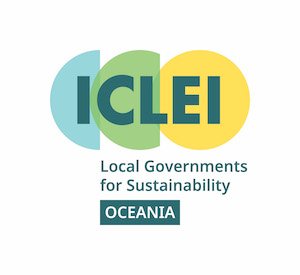Why local governments should care about the Climate Council's 'Weather Gone Wild' report
All local governments should be concerned by the findings of the Climate Council’s latest report Weather Gone Wild. It summarises key extreme weather events that hit Australia and the world last year, with economic losses associated with weather-related disasters estimated to be US $215 billion, costs ultimately carried by people, communities and local governments. Burdens on local governments and communities are not just in the form of infrastructure costs, but also in the way they affect local ecosystems, disrupt society and put pressure on municipal responses to events like bushfires and floods.
Here are a few examples from the report:
Around 4,000 spectacled flying foxes died in Cairns due to heat stress.
Local government areas in New South Wales were declared to be in the Bushfire Danger Period two months early.
Heavy rainfall in the town of Winton, Queensland received 252.6 mm from March 4-7, compared to a historical average March rainfall of 96.7 mm.
Flooding in Winton, Queensland peaked at 3.7 metres, cutting off all but one access road to the town and stranded truck drivers in Longreach cutting off supplies of groceries and diesel to Mount Isa.
In short, extreme weather events are ramping up in Australia, Oceania and around the world, the effects of which are concretely experienced by local people and local governments.
However, as indicated in the report the current Australian government lacks a credible national climate policy that aligns with goals set by the Paris Agreement. In other words, the devastating heatwaves, bushfires and floods that affected thousands and shouldered local governments with mounting costs in 2018 are likely to get worse. With national governments worldwide failing to collectively act fast enough (IPCC’s SR1.5, 2018), cities and local governments worldwide are picking up the slack with nearly nine in 10 Australian councils unsatisfied with the Australian Government’s approach (Australian Local Government Climate Review, 2018).
Therefore, without question, cities and local governments are well-placed to accelerate action in their local communities to respond to what is proportionately being called a Climate Emergency, requiring concerted action at all levels of government. Over 9,000 cities have already collectively declared a climate response through the Global Covenant of Mayors for Climate & Energy, an initiative that supports councils to create local adaptation and mitigation plans and set greenhouse emissions targets. Luckily, there are signs that green transitions spearheaded by local governments can boost the local economy and create jobs. Take the tiny, Victorian town of Kerang with its population of less than 4,000, with leadership from local government it has become the largest integrated battery solar farm in Australia, demonstrating the unique role that local governments have in supporting local responses to climate change.
The very confronting compendium of wild weather outlined by the Climate Council’s report is a blunt reminder of how cities and towns are bracing themselves on the frontline of extreme weather. By themselves, local governments may feel small, but collectively they represent the interests of billions of people globally and have collective means to shift the balance of power in the growing groundswell in the people’s response to the climate emergency.
See: Melbourne becomes first city with all council infrastructure powered by renewables
Written by Timothy Shue, Ashley Sroka and Amélie Uhrig
#Climate #Climatecouncil #Weather #ParisAgreement #Darebin #ClimateEmergency #Globalcovenantofmayors #mayors4climate #ICLEI #Oceania

